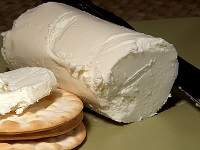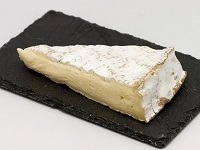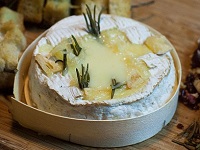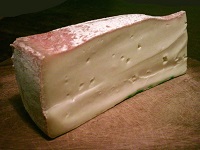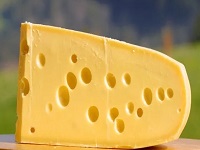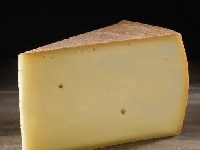Sylvaner (France)
In France, Sylvaner is a white grape that grows primarily in Alsace.
Sylvaner Flavors
Citrus, White Flowers, and freshly cut Grass are typical flavors for Sylvaner, followed by some Minerality.
Lemon |
Flowers |
Grass |
Minerals |
Sylvaner Profile
Silvaner is dry, light, and soft with moderate fruit and a good acidity:
| SUGAR: | Dry (3 g/l) |
| BODY: | Light |
| FRUIT: | Medium - Low |
| ACIDITY: | Medium - High |
| ALCOHOL: | 11-13% ABV |
| Serving temperature: 8-10°C (46-50°F) | |
Sylvaner Food Pairing
Sylvaner pairs best with Seafood, Fried Fish, and Fried Chicken.
Sylvaner is also a super friend of Asian and Spicy Cuisine.
Aperitif |
Salads |
Vegetables |
Asparagus |
Oysters |
Shrimps |
Seafood |
Fish |
Fried Chicken |
Thai Soup |
Chinese Takeaway |
Goat Cheese |
Excellent pairings
Green Vegetables. Asparagus.
Oysters. Scallops. Clams.
Snails or Prawns with Garlic.
Vegetable Pasta.
Penne with Tomatoes and Peppers.
Alsatian - German fusion Cuisine.
Tarte Flambée (White Pizza).
The Ideal Glass for Sylvaner
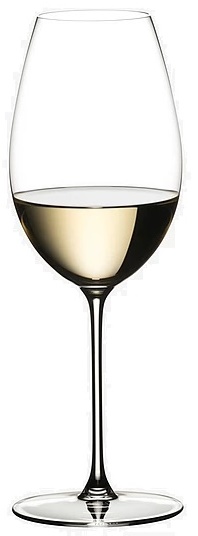
|
The Sauvignon Blanc glass is smaller than a Chardonnay glass.
It has a more narrow bowl to concentrate the crisp and citrusy aromas of a zesty and fruity white wine. |
Sylvaner Cheese Pairing
Pairing Tips
Opt for cheeses with moderate saltiness and creaminess to balance the c's acidity.
Also try to add fresh fruits (grapes, apples, pears), nuts (almonds, walnuts), and a light drizzle of honey to enhance the pairing experiment.
Fresh and Mild Cheeses
Ricotta: Especially good if served with a drizzle of honey or fresh fruits.
Goat Cheese (Chèvre): The tanginess complements the subtle fruit notes found in Sylvaner.
Soft Cheeses
Brie: The creamy texture and mild flavor work beautifully with c.
Camembert: Similar to Brie but with slightly more earthy.
Fontina: Its nutty, buttery qualities make a good match.
Semi-Soft Cheeses
Gruyère: Mildly nutty and sweet, enhancing the a subtile Sylvaner.
Swiss Cheese: Sylvaner has a refreshing acidity and floral aromas, which complement the nutty and slightly sweet flavors of a Swiss Chese.
Asiago: Lightly aged Asiago adds a complementary tang.
If You Like Sylvaner
You May Also Like:
About Sylvaner / Silvaner
Sylvaner is a white grape that is believed to have originated in Austria or Transylvania.
It is a versatile grape that is grown in various wine regions around the world, including Germany, Switzerland, and in French Alsace.
Sylvaner wines are known for a crisp acidity, light to medium body, and subtle floral and citrus aromas. The flavor profile can include notes of green apple, pear, and sometimes a touch of minerality.
While it might not be as well-known as some other white grape varieties, Sylvaner produces refreshing and easy-drinking wines, often enjoyed as a young and lively expression of the terroir where it grows.
Sylvaner in France
Sylvaner has a controversial place in Alsace wine. Since 2006, it may be used in Alsace Grand Cru, which was previously reserved for the four "noble grapes" Gewürztraminer, Muscat, Pinot gris and Riesling.
Silvaner in Germany
In Germany it is cultivated with the official name Grüner Silvaner.
Silvaner in Italy
Italian and Swiss Silvaner tends to be lighter and more crispy than French and German Silvaner.
Alsace Wine Production in Hectares
Alsace is dominated by white wine. 90% of all Alsace wine is white.
The most famous sparkling wine is Crémant de Alsace
| Grape | 1969 | 2017 |
|---|---|---|
| 1. Riesling | 1200 | 3350 |
| 2. Pinot Blanc | 1040 | 3320 |
| 3. Gewürztraminer | 1950 | 3150 |
| 4. Pinot Gris | 390 | 2460 |
| 5. Pinot Noir | 200 | 1670 |
| 6. Sylvaner | 2580 | 920 |
| 7. Muscat | 340 | 350 |
| 8. Chardonnay | 0 | 200 |
| 9. Chasselas | 1000 | 70 |
| Total | 9440 | 15600 |
Source: Conseil Interprofessional Vins d’Alsace.

